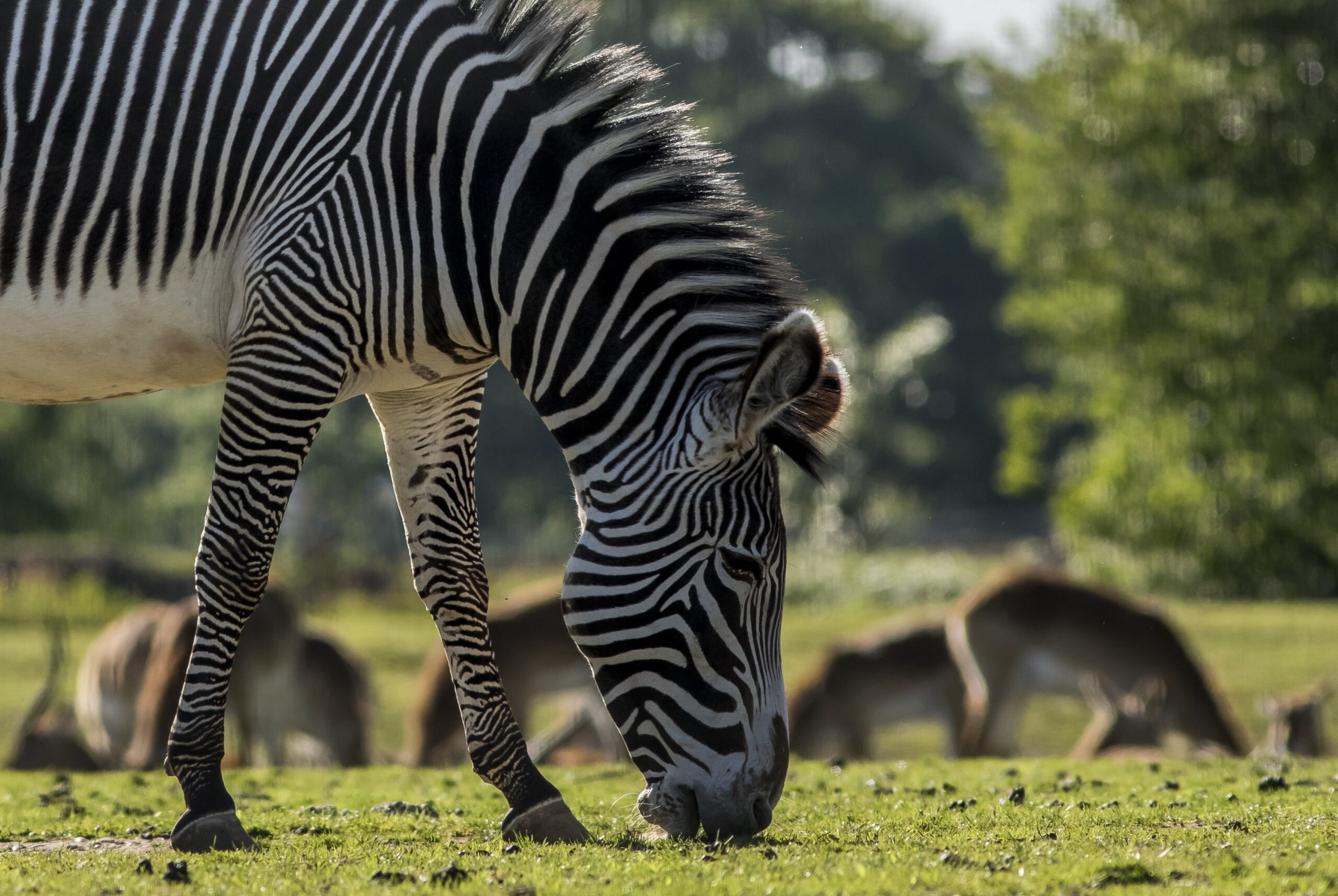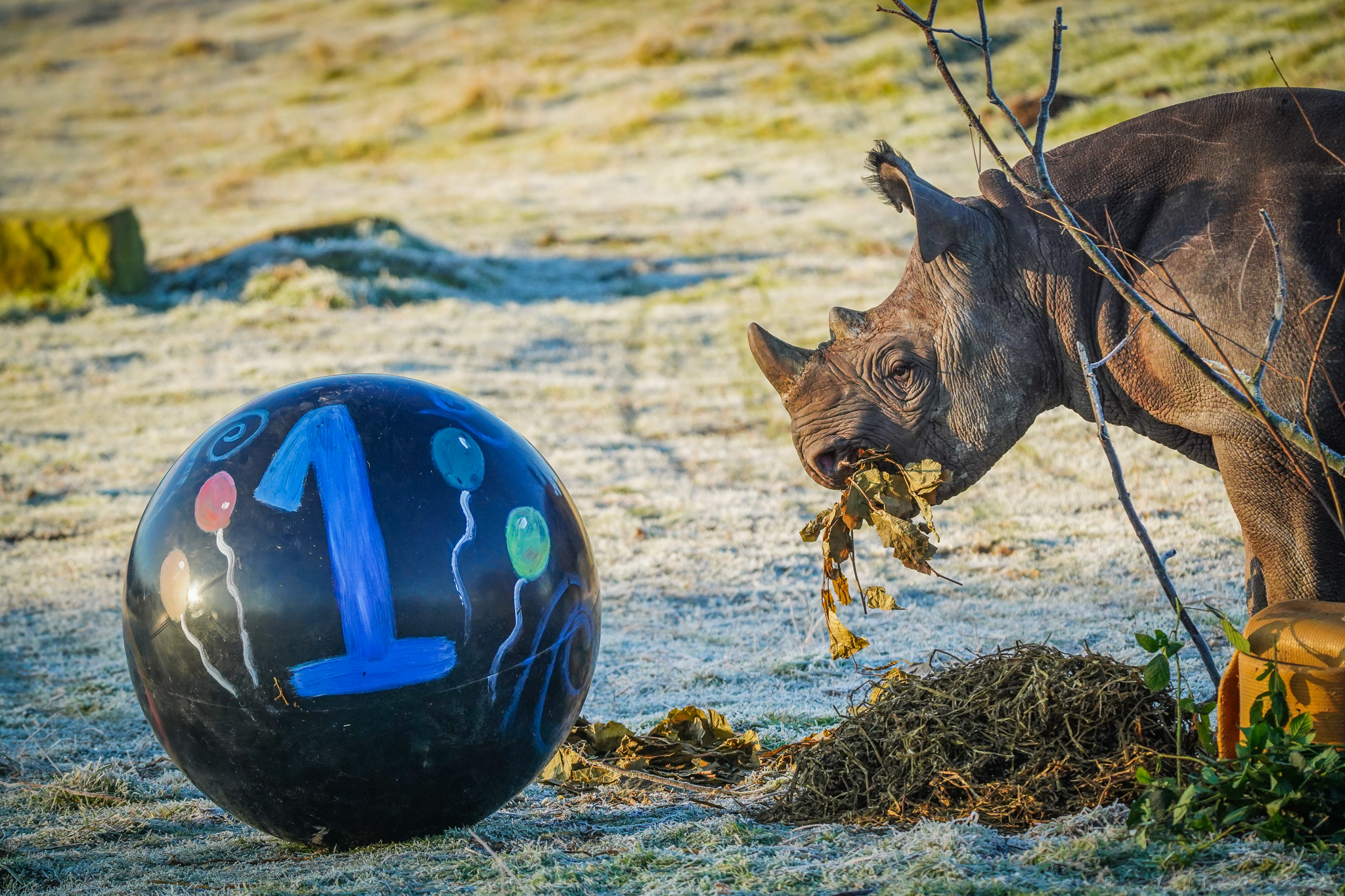Today is National Rhino Day, a day dedicated to celebrating these beautiful creatures and raising awareness of the many organisations that work tirelessly to help Rhino conservation.
At the WildLife Foundation, we have been involved for years in the conservation and preservation of Rhino species. The arrival of baby Rocco, who can be seen at Yorkshire Wildlife Park’s rhino reserve, was a significant moment in the European breeding programme for the species whose numbers have dropped to below 1,000 in the wild.
His birth has sparked awareness of the black rhino’s plight and the Wildlife Foundation is organising the appeal in his honour to provide vital funding to support a young rhino calf called Bella and help other rhinos at the Ol Jogi Conservancy in Kenya. You can donate to the fantastic cause here.
Want to learn more about our horned friends? Here are five fantastic facts about Rhinos.
Five species: There are five species of rhinos—White, Black, Indian, Javan, and Sumatran. The White and Black rhinos are native to Africa, while the other three are found in Asia.
Horn composition: Rhino horns are made of keratin, the same protein that makes up human hair and nails. Their horns can grow back if cut off, but poaching for these horns is a major threat.
Thick skin: Despite having thick, tough skin (up to 5 cm thick), rhinos are vulnerable to sunburn and insect bites. This is why they often wallow in mud—it acts as a natural sunblock and insect repellent.
Poor eyesight: Rhinos have poor vision and can only see objects clearly at close distances. However, their senses of smell and hearing are extremely sharp, helping them navigate their environment.
Speedy runners: Rhinos may look bulky, but they can run surprisingly fast! Black rhinos can reach speeds of up to 35 mph (56 km/h) when charging.
Take a look at Rocco’s Challenge to learn more about how you can help these amazing creatures!











